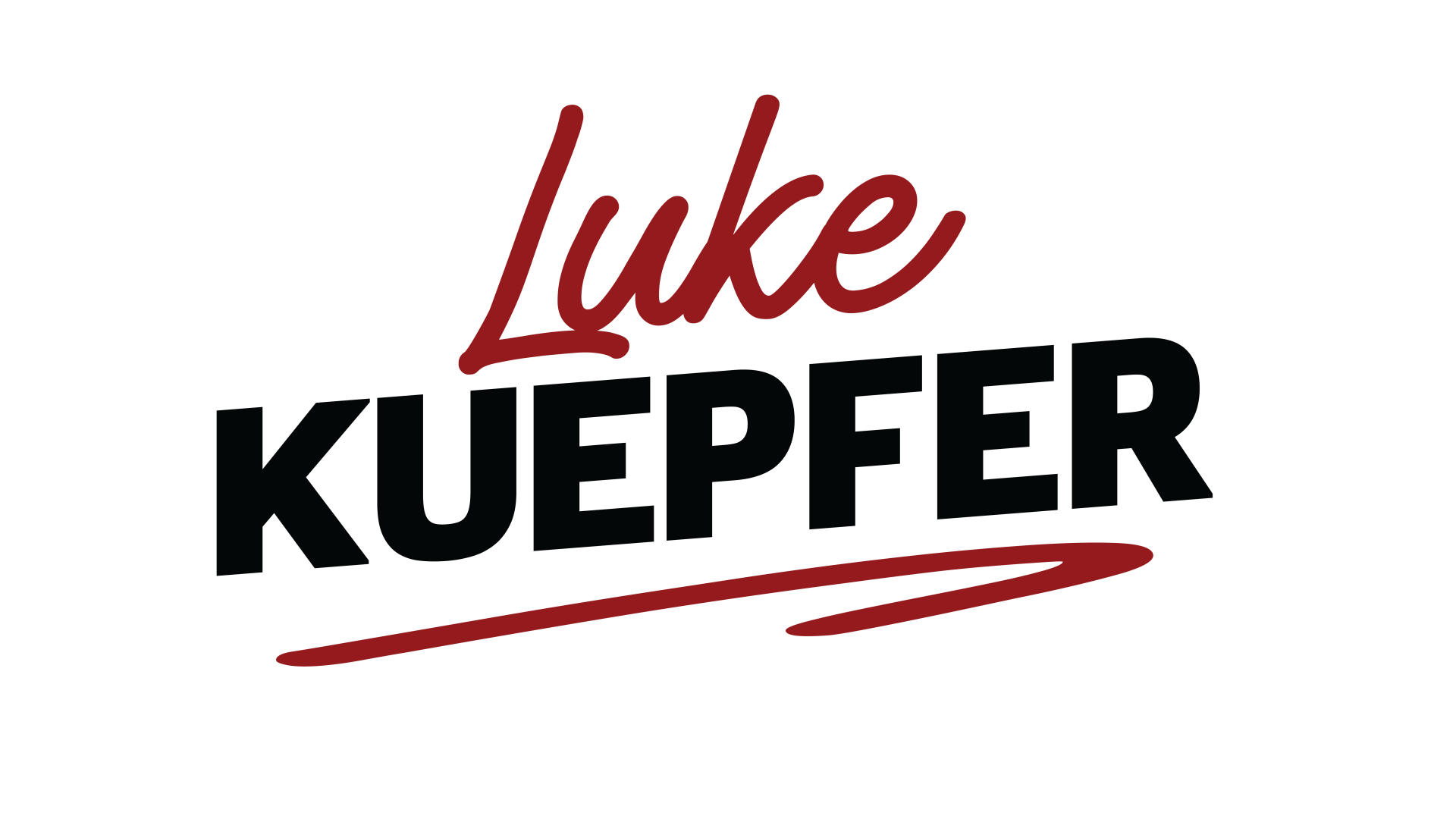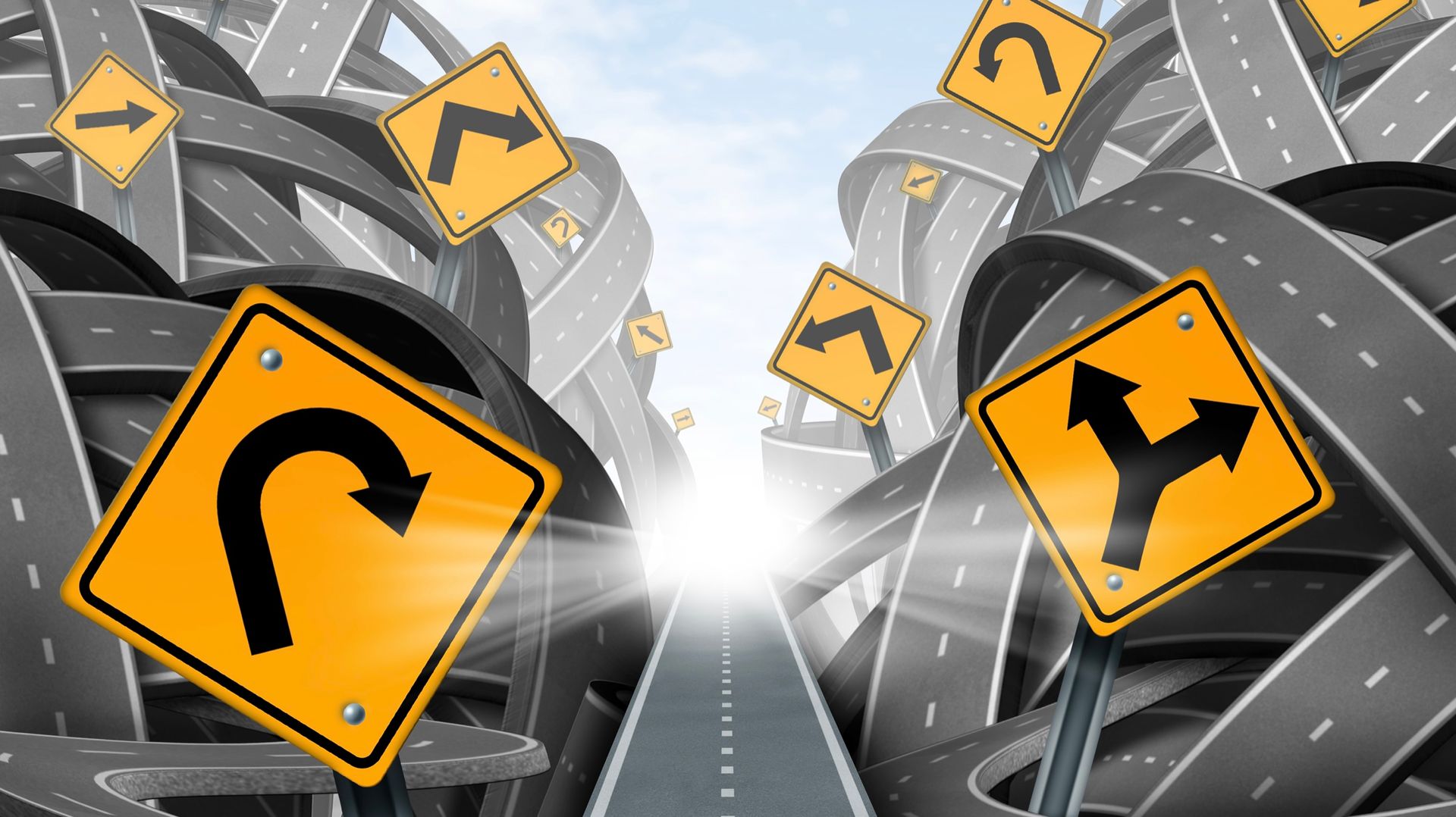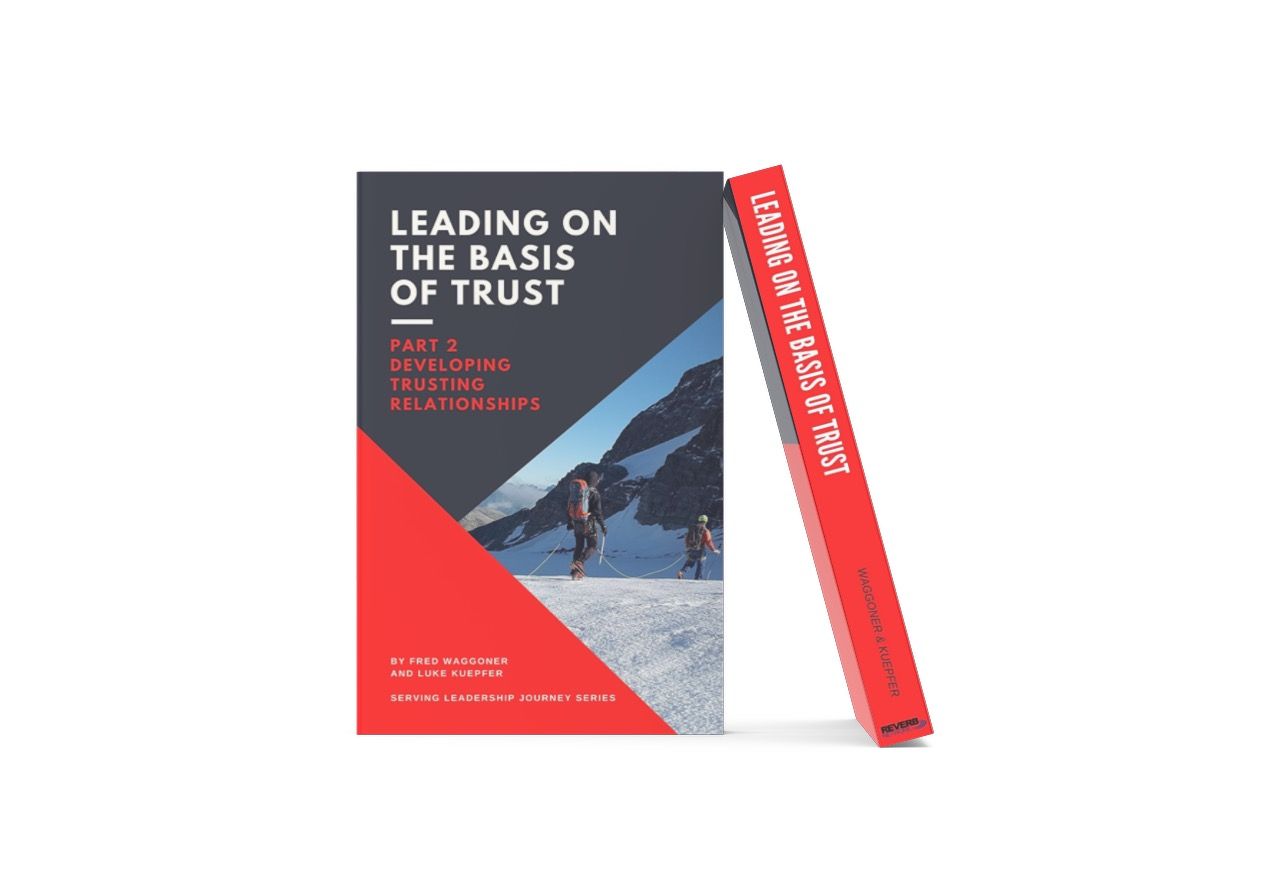Flexible Systems, Part 1
Many companies and organizations have necessary systems in place to handle customer service issues. Flexibility within those systems, however, is a must. Hard-fast rules make it more about the system than the people you ultimately wish to serve.
I was recently working on my laptop at a Starbucks while getting my car serviced across the road. I wanted to use the bathroom without having to pack up my laptop--this Starbucks was in a Target store and I had to walk some distance—and figured I’d get the standard response from the folks behind the counter: “Sorry, but we cannot take responsibility for your personal belongings.” Instead, I was greeted with, “Sure, we’ll gladly do that for you!”
Does Starbucks have systems? Of course! Are their people well trained and aware of potential problems related to taking on responsibility for customers’ personal items? Of course! But there are always exceptions to the rules. Customer service succeeds when it accomplishes what the organization sets out to accomplish--serving your customer in such a way that you get what you want and they get what they want.
Consider the fast-food restaurant McDonalds. Will you get linen napkins when you visit their establishment? Of course not. But you’re there for a cheaper, no-frills meal. On the contrary, consider Fedex. You used to get through to them on the first ring. Now on average it takes you 81 seconds to reach someone. So if you don’t use FEDEX much, no big deal, right? But what about repeat, long-term customers with urgent problems? When they are left on hold by Fedex there’s a mismatch between what they built customer service for and what they’re doing with it. Fedex is supposedly all about delivering your box to the next destination quickly; slowing down their response to 81 seconds signals the customer that speed is not their game!
So be flexible. Build a system that balances efficiency with effectiveness and remember—all systems need upgrading and constant tweaking for success.















